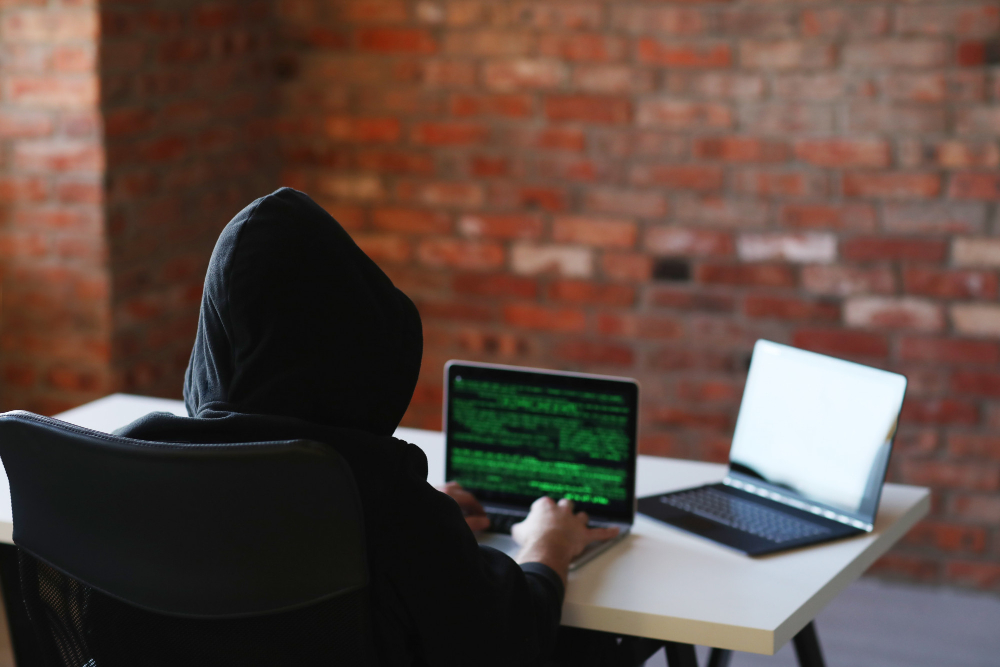Online threats are more prevalent than ever. From malware and phishing attacks to ransomware and spyware, the risks to your PC and personal data are significant. Protecting your PC is no longer optional—it’s essential. This ultimate guide provides actionable tips and strategies to keep your PC safe from online threats.
Understanding Online Threats
Online threats can take many forms, including:
- Malware: Malicious software like viruses, worms, and Trojans designed to harm your system.
- Phishing Attacks: Fraudulent attempts to steal sensitive information, such as passwords and credit card details.
- Ransomware: A type of malware that locks your data and demands a ransom for its release.
- Spyware: Software that secretly collects information about your online activities.
- Adware: Unwanted programs that display intrusive advertisements.
Understanding these threats is the first step toward effective protection.
1. Keep Your Software Up-to-Date
Outdated software can have vulnerabilities that cybercriminals exploit.
- Enable Automatic Updates: Keep your operating system and software up-to-date.
- Regularly Update Browsers and Plugins: Ensure your browser and its extensions are current to avoid exploitation.
2. Use Robust Antivirus Software
Antivirus programs provide a critical layer of defense against malware.
- Choose a Trusted Antivirus Solution: Look for software with real-time protection and regular updates.
- Schedule Regular Scans: Perform full system scans to detect and eliminate threats.
3. Enable a Firewall
A firewall acts as a barrier between your PC and potential cyber threats.
- Use Built-In Firewalls: Most operating systems, such as Windows and macOS, have built-in firewalls.
- Configure Firewall Settings: Ensure your firewall is enabled and configured to block unauthorized access.
4. Use Strong and Unique Passwords
Weak passwords are a common entry point for cyberattacks.
- Create Strong Passwords: Use at least 12 characters, including letters, numbers, and symbols.
- Avoid Reusing Passwords: Use unique passwords for different accounts.
- Use a Password Manager: Password managers can generate and store secure passwords for you.
5. Enable Two-Factor Authentication (2FA)
Two-factor authentication provides an additional layer of security.
- Enable 2FA for All Accounts: Many online services offer 2FA as an option.
- Use Authenticator Apps: Apps like Google Authenticator or Authy are more secure than SMS-based 2FA.
6. Beware of Phishing Attempts
Phishing attacks trick users into revealing sensitive information.
- Check Email Senders: Verify the sender’s email address before clicking on links.
- Avoid Clicking Suspicious Links: Hover over links to see their destination before clicking.
- Report Phishing Emails: Most email providers allow you to report suspicious messages.
7. Secure Your Wi-Fi Network
An unsecured Wi-Fi network can be an easy target for hackers.
- Change Default Router Credentials: Update the default username and password.
- Enable WPA3 Encryption: Use the latest encryption standard for maximum security.
- Set Up a Guest Network: Keep visitors on a separate network to minimize risk.
8. Backup Your Data Regularly
Regular backups ensure you can recover your data in case of an attack.
- Use Cloud Storage: Services like Google Drive and Dropbox offer secure cloud backups.
- Maintain Offline Backups: Use external drives for additional security.
- Automate Backups: Schedule automatic backups to avoid manual errors.
9. Use a Virtual Private Network (VPN)
A VPN encrypts your internet traffic, protecting your online activities from prying eyes.
- Choose a Reliable VPN Provider: Opt for a service with a no-logs policy.
- Use a VPN on Public Wi-Fi: Always connect to a VPN when using public networks.
10. Be Cautious with Downloads
Downloading from untrusted sources can introduce malware to your system.
- Download from Official Websites: Avoid third-party sites and use trusted sources.
- Scan Downloads with Antivirus Software: Check files for malware before opening them.
11. Disable Unnecessary Features
Unused features and services can be exploited by hackers.
- Turn Off Remote Desktop: Disable remote access unless you absolutely need it.
- Disable Bluetooth When Not in Use: Prevent unauthorized connections by turning off Bluetooth.
12. Monitor Your Accounts and Activities
Keeping an eye on your accounts can help you detect suspicious activity early.
- Enable Account Alerts: Set up notifications for logins and transactions.
- Regularly Review Account Activity: Check for unauthorized changes or logins.
13. Educate Yourself and Others
Awareness is a powerful tool against cyber threats.
- Stay Updated on Cybersecurity Trends: Follow reputable cybersecurity blogs and news outlets.
- Teach Family Members About Online Safety: Educate others in your household about safe online practices.
14. Use Encryption for Sensitive Data
Encryption protects your data even if it falls into the wrong hands.
- Encrypt Your Hard Drive: Use tools like BitLocker for Windows or FileVault for macOS.
- Secure External Drives: Encrypt USB drives and external hard drives.
15. Recognize the Signs of a Compromised PC
Knowing the symptoms of a compromised PC can help you act quickly.
- Slow Performance: Malware can consume system resources, causing lag.
- Frequent Pop-Ups: An increase in ads or pop-ups may indicate adware.
- Unauthorized Changes: Check for programs or settings you didn’t install or change.
If you suspect your PC has been compromised, disconnect from the internet and run a full antivirus scan immediately.
Conclusion
Protecting your PC from online threats requires a combination of proactive measures and vigilance. By following the strategies outlined in this guide, you can create a robust defense against cyberattacks and safeguard your personal data. Remember, cybersecurity is an ongoing process, and staying informed is key to staying protected.







